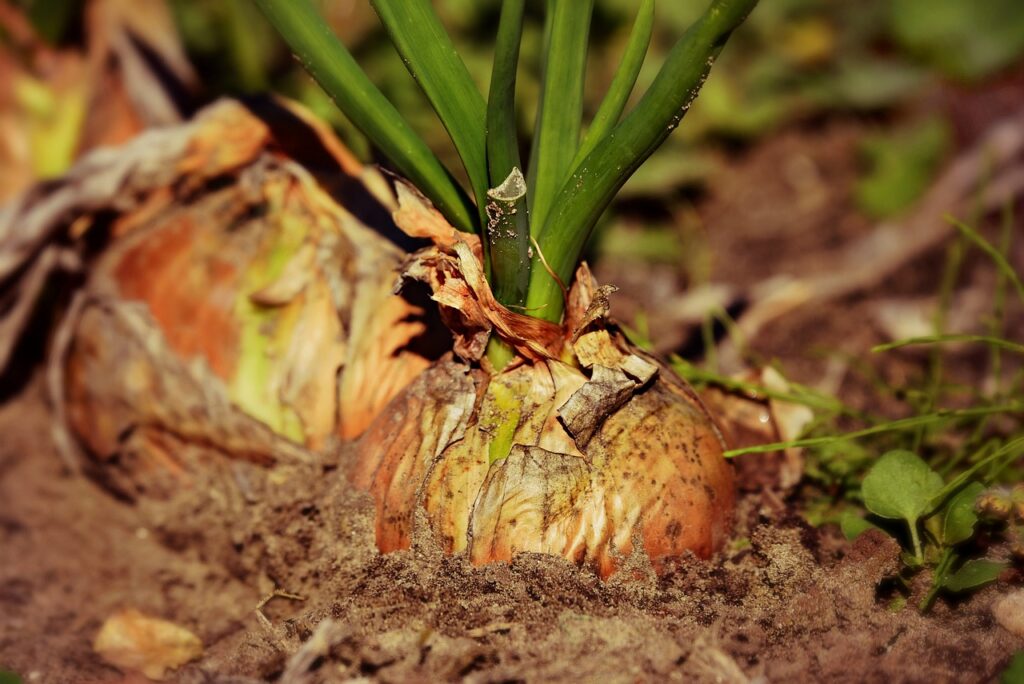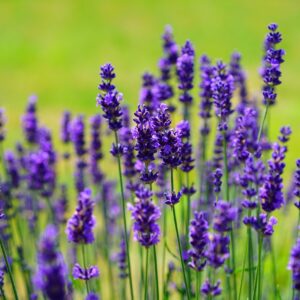Are your plants not thriving as they should? It could be because you haven’t chosen the right soil for them. Selecting the correct soil is essential for the health and growth of your plants. But with so many options available, how do you know which one is right for your specific needs?
In this article, we will guide you through the process of choosing the perfect soil for your plants. First, we’ll explain the different types of soil and their characteristics. Then, we’ll help you assess your plants’ specific needs, considering factors such as moisture retention and drainage.
Next, we’ll teach you how to test the quality of your soil, ensuring it has the necessary nutrients. Finally, we’ll provide you with tips on how to improve soil structure and nutrient levels. By the end of this article, you’ll have all the knowledge you need to make informed decisions and create an optimal growing environment for your plants.
Understanding the Different Types of Soil
Understanding the different types of soil is crucial in order to choose the right one for your plants.
When it comes to soil, there are three main types: sandy soil, clay soil, and loamy soil. Sandy soil is loose and drains water quickly, making it ideal for plants that prefer dry conditions.
Clay soil, on the other hand, is heavy and retains water, which can suffocate plant roots if not properly drained.
Lastly, loamy soil is a mixture of sand, silt, and clay, providing a balance of water drainage and retention.
To determine the type of soil you have, you can perform a simple test by grabbing a handful and squeezing it.
By understanding the characteristics of each soil type, you can make an informed decision when selecting the right soil for your plants.
Assessing Your Plants’ Needs
Consider evaluating what your plants require to thrive, ensuring they’re provided with the optimal environment that fosters growth and vitality. Assessing your plants’ needs is crucial in choosing the right soil.
Start by identifying the type of plants you have, as different plants have different soil preferences. Some plants, like succulents, prefer well-draining soil, while others, like ferns, thrive in moist soil. Take into account the pH level of the soil as well, as some plants prefer acidic or alkaline conditions.
Additionally, consider the nutrient requirements of your plants. Some plants, such as vegetables, require nutrient-rich soil, while others, like cacti, can thrive in nutrient-poor soil.
By understanding your plants’ needs, you can select the appropriate soil that’ll provide them with the best conditions for growth and health.
Testing Soil Quality
To determine if your soil is of high quality, try conducting a simple test to assess its fertility and suitability for plant growth.
Start by digging a small hole in your garden or plant pot and examining the color and texture of the soil. Good quality soil should be dark and crumbly, indicating the presence of organic matter.
Next, perform a drainage test by pouring water into the hole and observing how quickly it drains away. Ideally, the water should soak into the soil within a few minutes, indicating good drainage.
Finally, test the pH of the soil using a pH testing kit. Most plants prefer a slightly acidic to neutral pH, so aim for a reading between 6 and 7.
By conducting these tests, you can ensure that your plants have the best possible soil for healthy growth.
Improving Soil Structure and Nutrients
One way to enhance the quality of your soil is by adding organic matter, such as compost or well-rotted manure. This will help improve its structure and provide essential nutrients for optimal plant growth. Adding organic matter to your soil can improve its ability to retain moisture and nutrients, as well as promote better drainage.
This is especially important if you have clay or sandy soil, as organic matter can help create a more balanced and fertile environment for your plants. Additionally, organic matter can attract beneficial organisms, like earthworms, which can further enhance soil structure.
When adding organic matter, make sure to mix it thoroughly into the soil, ensuring that it is evenly distributed. Regularly adding organic matter to your soil will not only improve its structure and nutrient content but also support a healthy and thriving garden.
Choosing the Best Soil for Specific Plant Types
When selecting soil for specific plant types, it’s crucial to ensure the ideal conditions are met. Different plants have different soil preferences, so choosing the right soil will greatly impact their growth and overall health.

For example, succulents thrive in well-draining soil with a high sand and perlite content, while vegetables like tomatoes prefer a loamy soil with good water retention.
Acid-loving plants such as azaleas and blueberries require acidic soil with a pH level between 4.5 and 6.5, while cacti and other desert plants need sandy soil with excellent drainage.
It’s important to research the specific soil requirements of the plants you want to grow and select a soil type that matches those needs. Providing the right soil will give your plants the best chance to flourish.
Conclusion
So there you have it! By understanding the different types of soil and assessing your plants’ needs, you can make an informed decision on the right soil for your plants. Don’t forget to improve soil structure and nutrients to ensure healthy growth. Whether you have succulents, vegetables, or flowers, choosing the best soil for specific plant types is essential for their overall health and success.
Happy gardening!





